Building Healthy Cities: Our Work in Milwaukee
The Nature Conservancy has launched a year-long planning process to explore conservation opportunities in the Greater Milwaukee region in Wisconsin where we could make a difference.
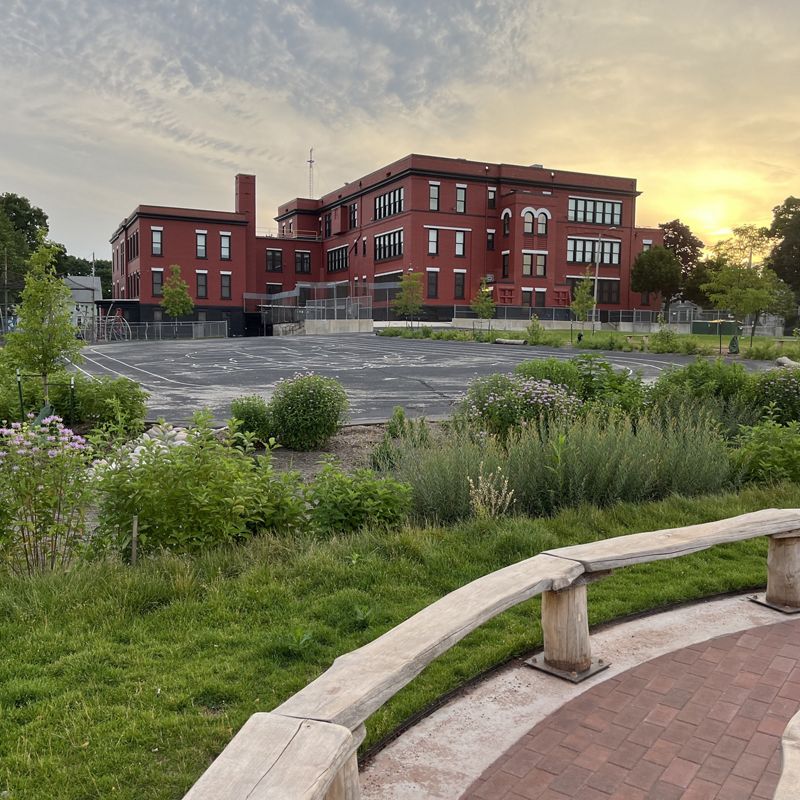
Environmental nonprofit Reflo's regreening projects offer kids and communities natural spaces to connect, play and learn.
Milwaukee is a city of glittering skyscrapers, the emerald “Grand Necklace of Parks” and, above all, water.
“Water is a major component of Milwaukee's collective identity,” said Justin Hegarty, co-founder and executive director of Reflo, a Milwaukee-based environmental nonprofit. “It’s a resource we all need, of course, but it also connects us culturally. We are, as local historians would say, built on water.”
Three major rivers flow through the heart of Milwaukee, which is nestled along the coast of Lake Michigan. While ideal for those who enjoy kayaking, sailing, fishing and more, this also puts the city at greater risk of damaging floods and storm surges fueled by climate change. In particular, heavy rain events can overwhelm Milwaukee’s combined sewer system, sending untreated stormwater and sewage into the city’s waterways.
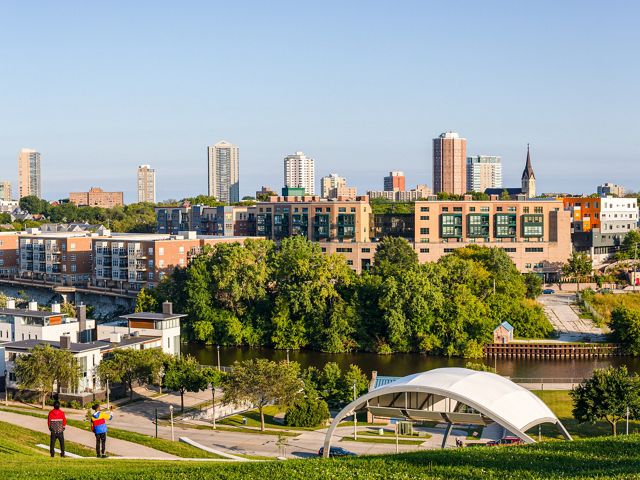
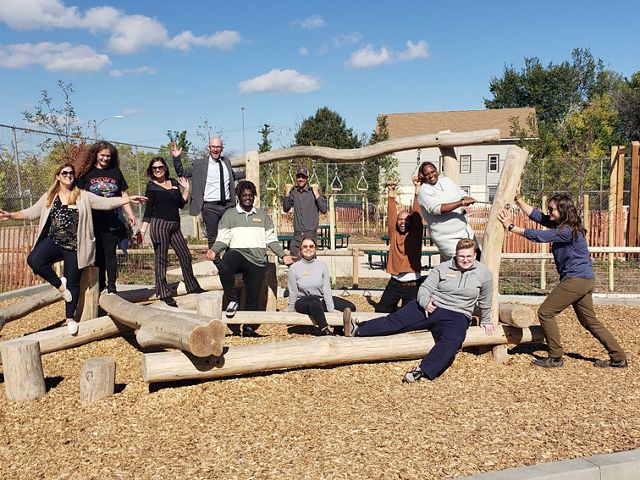
To help address these problems, Justin, an environmental engineer, co-founded Reflo in 2012. Reflo collaborates with many partners, including the Milwaukee Metropolitan Sewerage District, Milwaukee Public Schools, the City of Milwaukee, as well as The Nature Conservancy (TNC), the Fund for Lake Michigan and many others, to implement nature-based solutions in dense urban areas. Reflo specializes in designing and installing different types of green infrastructure to replace hardscapes, like asphalt. These natural elements—including trees and pollinator gardens—capture, filter and redirect stormwater while improving the city’s resiliency to extreme weather events.
“Reflo has, in my opinion, led some of the most impactful work done in Milwaukee this century,” said Lamont Smith, TNC’s Milwaukee program director. “Their work is very aligned with TNC’s goals for advancing climate adaption and resilience, and it shows how important it is to invest in urban communities. Together, we can greatly improve outcomes and economic opportunities for people while protecting the environmental gems that make Milwaukee so special.”
Reflo manages Milwaukee's Green and Healthy Schools program (a complement to the statewide initiative), which seeks to support schools and communities through environmental sustainability efforts.
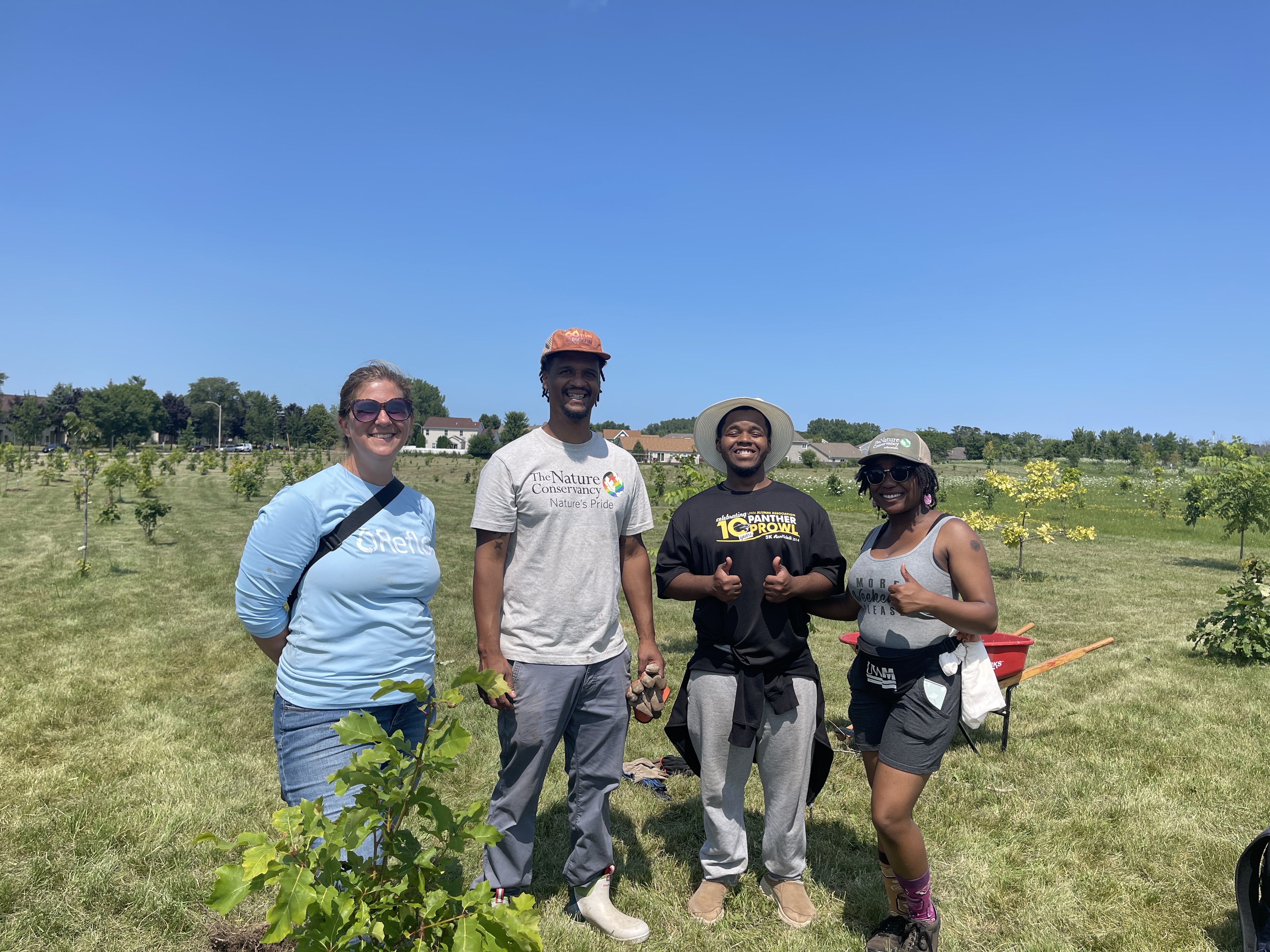

Discover how you can support Reflo's work to create meaningful spaces that enhance urban life and provide a better education for the next generation. Click below to learn how you can support their mission.
Imagine you’re a kid in elementary school. You’ve spent all morning learning about conjugations, practicing multiplication and sticking gum under your desk. Then finally, recess! You run out of the stuffy school and onto—scorching hot blacktop. There isn’t a single tree or patch of grass in sight.
Due to decades of paving entire schoolyards to reduce maintenance costs, this is the reality for thousands of city school children. Lamont was one of them.
“I remember thinking, ‘Man, this is all we got?’” Lamont said. “It was not fun. You can't play football on a concrete surface.”
Lack of access to nature does more than reduce social and emotional well-being. Asphalt surfaces absorb and radiate more heat, known as the “heat island effect,” which can negatively impact human health. They concentrate pollutants that get swept away in runoff, contaminating waterways. What’s more, any maintenance benefits these hard surfaces originally offered disappear when accounting for the additional cost of addressing the consequences of these surfaces, such as the lack of flood protection.
However, thanks to Reflo and their coalition of partners, these barren blacktops are being replaced with vibrant, rich natural environments where kids can learn and play.
During the three-year design process, each school chooses which natural elements they want to include, from pollinator gardens to soccer fields to micro-forests (a small area with a lot a trees). Most will include a bioswale, a depression in the ground often made of sand and organic loam that filters and manages stormwater, as well as outdoor classrooms. The new schoolyards are installed over the summer to minimize disruption to the academic year, and the habitats support wildlife and pollinator species, like monarch butterflies and bees.
“Reflo’s work is truly transformational. I think about it with great joy,” said Lamont. “Thousands of young people, including some of the most socially and economically vulnerable children, will have tremendously better experiences, and they can take a lot of pride in their schools.”
Spending time in nature reduces stress and boosts creative thinking, which can help improve students’ academic performance. What’s more, once the school day is over, the schoolyards are open to the public and serve as community parks.

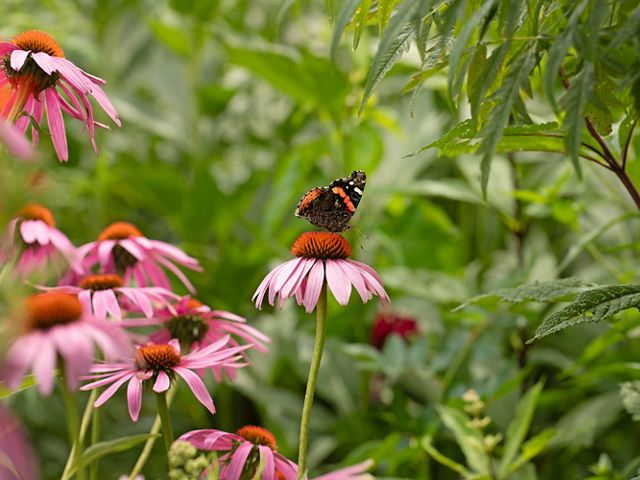
“As an engineer, I could not envision a better example of strategic investment for environmental improvements than schoolyards,” Justin said. “The returns, from the decades of new tree growth and improved stormwater management to the social-emotional well-being benefits for the youth and surrounding communities, will be felt for generations to come.”
To date, Reflo has completed 36 schoolyard regreening projects with another 15 in development. They partner with five schools per year and collaborate with students and faculty from the School of Architecture and Urban Planning at the University of Wisconsin-Milwaukee to design each schoolyard. TNC supports Reflo’s efforts and long-term maintenance plans for the projects.
“The partnership with TNC has been wonderful, as we’ve been able to share resources and technical expertise and engagement opportunities through each other's networks,” Justin said. “We've been able to accomplish this long-range vision for how we’re going to continue to steward, maintain and restore nature in the city.”
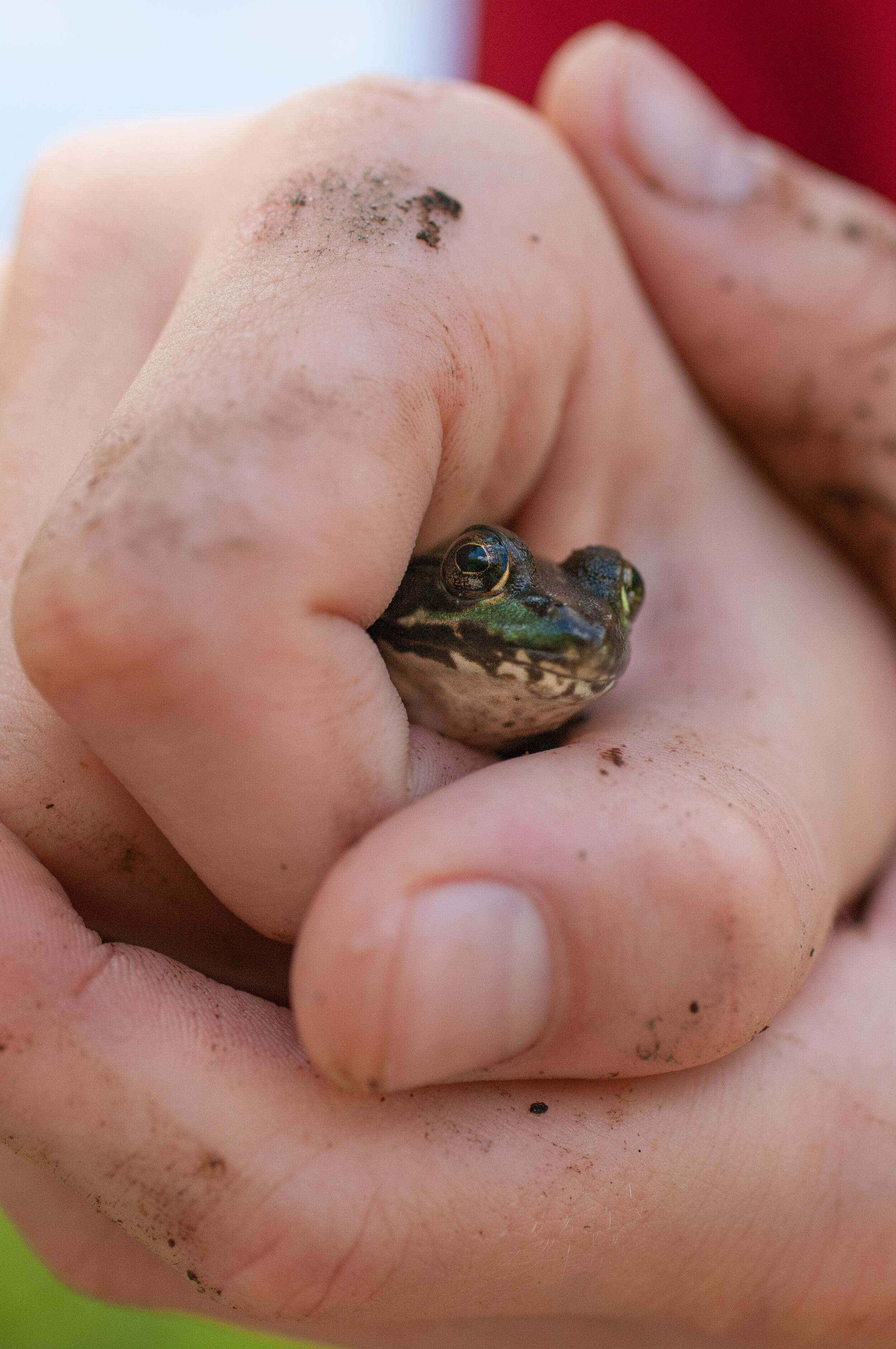
In addition, Reflo designs and builds Outdoor Discovery Carts, which are essentially classrooms on wheels. These carts, which Reflo also provides to nature centers and botanical gardens, contain a variety of teaching materials and tools, such as materials and surfaces where students can write their observations.
“The cart might include engravings of wildlife prints and leaves, which students can use to identify the nature around them,” Justin said. “It’s a cool way to help further connect them with stewardship of their schoolyard.”
To further educate and inspire young adults to care for natural spaces wherever they go, as well as maintain long-term connections with the schools, Reflo administers a youth internship program. Teens, largely from the schools where Reflo has installed the new greenspaces, help care for and manage the green schoolyards over the summer.
In addition, during the school term, Reflo helps the students design and implement their own sustainability projects, such as a recycling or composting campaign, a climate change symposium or science-based projects like conducting a survey of how their students and faculty feel about a certain environmental topic.
“We want to support their interests, so we encourage them to explore different environmental themes throughout the school year,” Justin said. “The goal is to embrace thoughtfulness for how they can be active stewards of the environment in their community."
Reflo also manages the Environmental Youth Collaborative for young adults aged 18-24 who are interested in pursuing careers in environmental fields. This program benefits from Reflo’s strong network of relationships with other local organizations in Milwaukee, including nature centers, performing arts groups, agricultural communities and local businesses that want to improve their sustainability practices. The network provides interns with opportunities for cross-trainings in everything from financial literacy to visual media.
“By exposing them to many different career pathways, our interns gain an understanding of the complexity and opportunity in the environmental sector,” Justin said. “They also get to see how adults are working together to support community-based environmentalism, and that really goes a long way in supporting our individual programs and the larger community as a whole.”
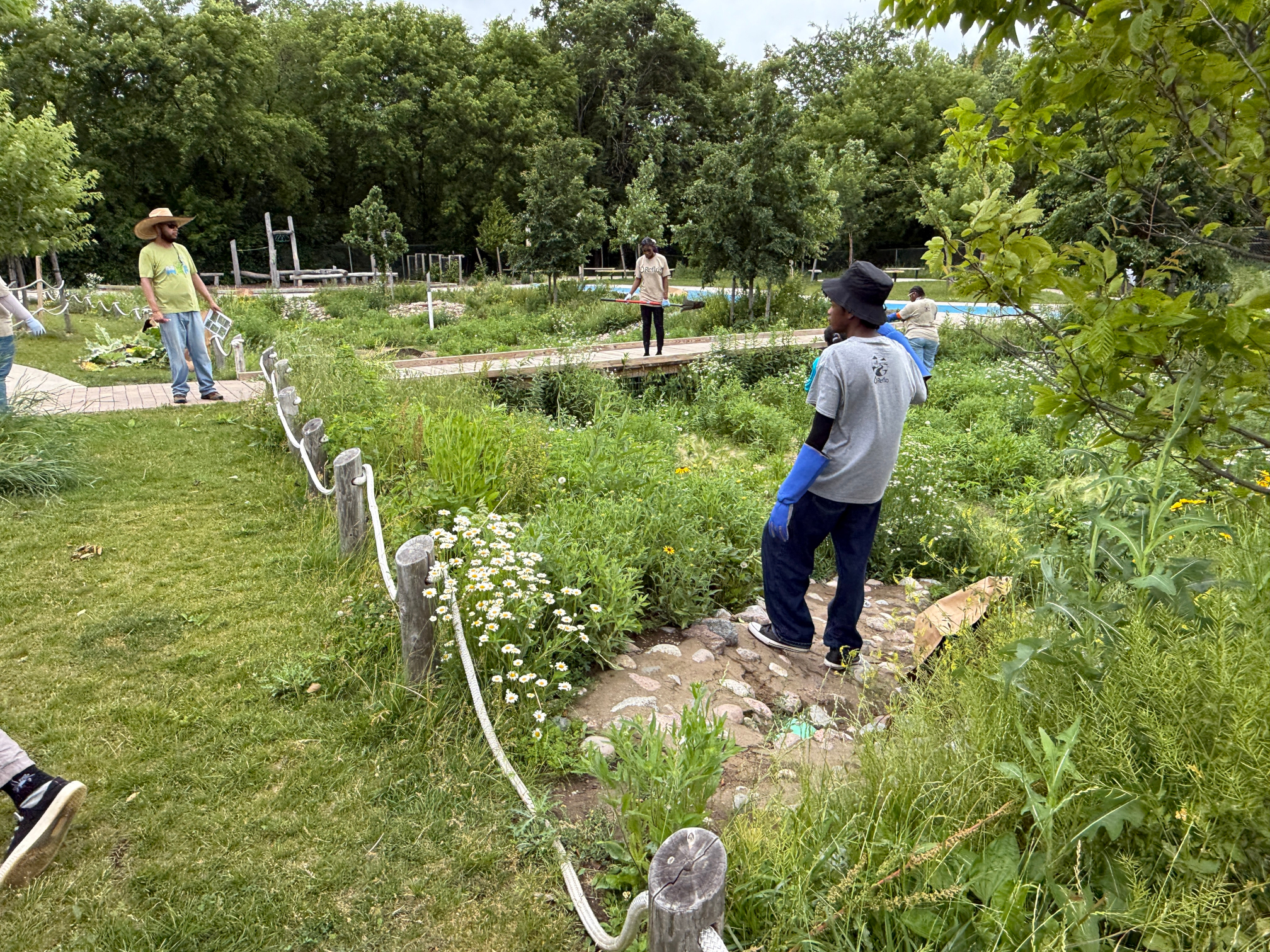
In support of these organizational partnerships, Reflo hosts a major conference every year. The regional conference attracts around 500 attendees and features 80 exhibitors focused on sustainability initiatives. People of all backgrounds and experience levels can join and learn about how to get involved with local environmental efforts, from installing pollinator gardens to the regreening schoolyard projects.
“Milwaukee has a long history of community advocacy and public leadership that valued public lands, which is why we've been able to hold on to our rivers, our parklands and the lakefront,” Lamont said. “TNC is proud to support local leaders like Reflo, who are continuing that tradition by thinking differently about the built environment. Together, using the power of nature and civic collaboration, we’re improving the well-being of communities and supporting a sustainable future.”
“The impact of this work is much larger than any one entity or person could ever accomplish by themselves,” Justin said. “It’s so exciting for me, because it shows that when people come together, we can do big things, and we can support a greener, healthier city.”
Hear directly from students, teachers, and parents about how regreened spaces are transforming learning, adding joy to everyday school life and improving community well-being. These photos show moments of life in these transformed spaces—click each one to read heartfelt testimonials from others whose lives have been touched.
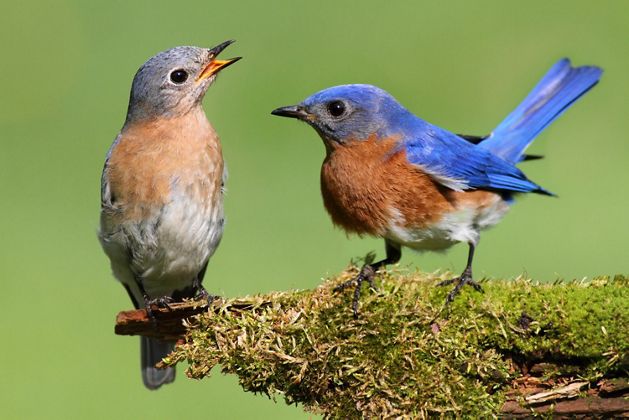
Get the latest stories and wins for nature delivered to your inbox monthly.
Discover more TNC stories throughout the Midwest and beyond.